Heading Cuts In Pruning: Learn About Heading Back Plant Branches
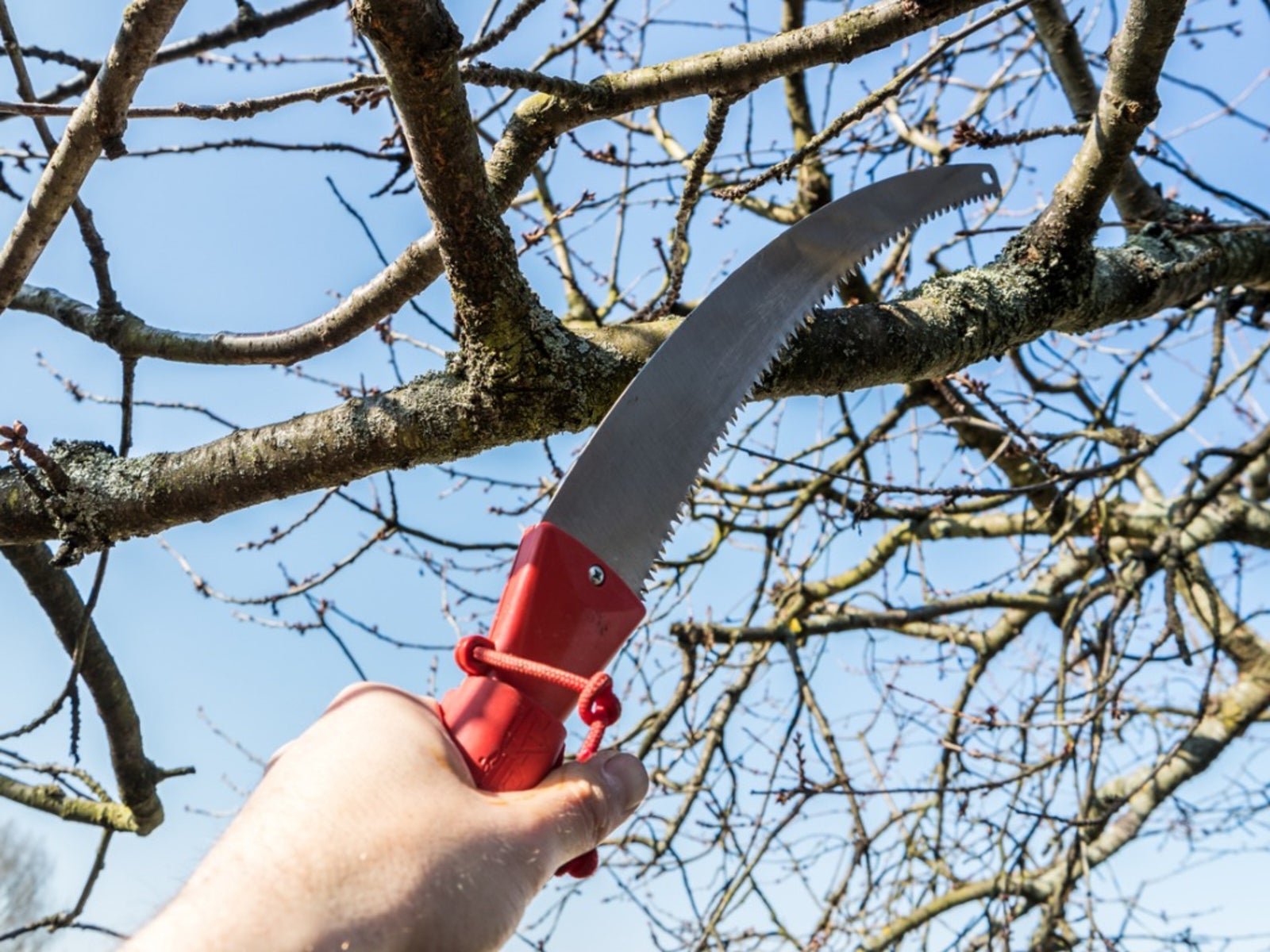

Pruning is a natural part of gardening maintenance. For most pruning jobs you will use the two main types of pruning cuts: heading cuts and thinning cuts. Let's learn more about heading back plant branches in this article.
What are Heading Cuts in Pruning?
First of all thinning cuts do exactly what you would expect—they reduce the number of branches to allow air and sunlight into the interior of the shrub and keep it from becoming overgrown and out of control. But what about tree pruning heading cuts? Heading cuts control the way the plant grows. Here are some uses for heading cuts:
- To improve the shape of the plant by refocusing growth into a different direction
- To control the size of the plant
- To increase the density or bushiness of the plant by encouraging the growth of side stems
In addition, you can influence the flowering and fruiting behavior of plants with heading cuts. Light heading encourages stem and foliage growth at the expense of flowers and fruit size. You'll have plenty of blooms and fruit, but they will be smaller. Severe heading results in fewer flowers and fruit, but they will be larger than those on an unpruned plant. Frequent heading cuts can eliminate the need for heavy pruning in many species.
Tips for Tree Pruning Heading Cuts
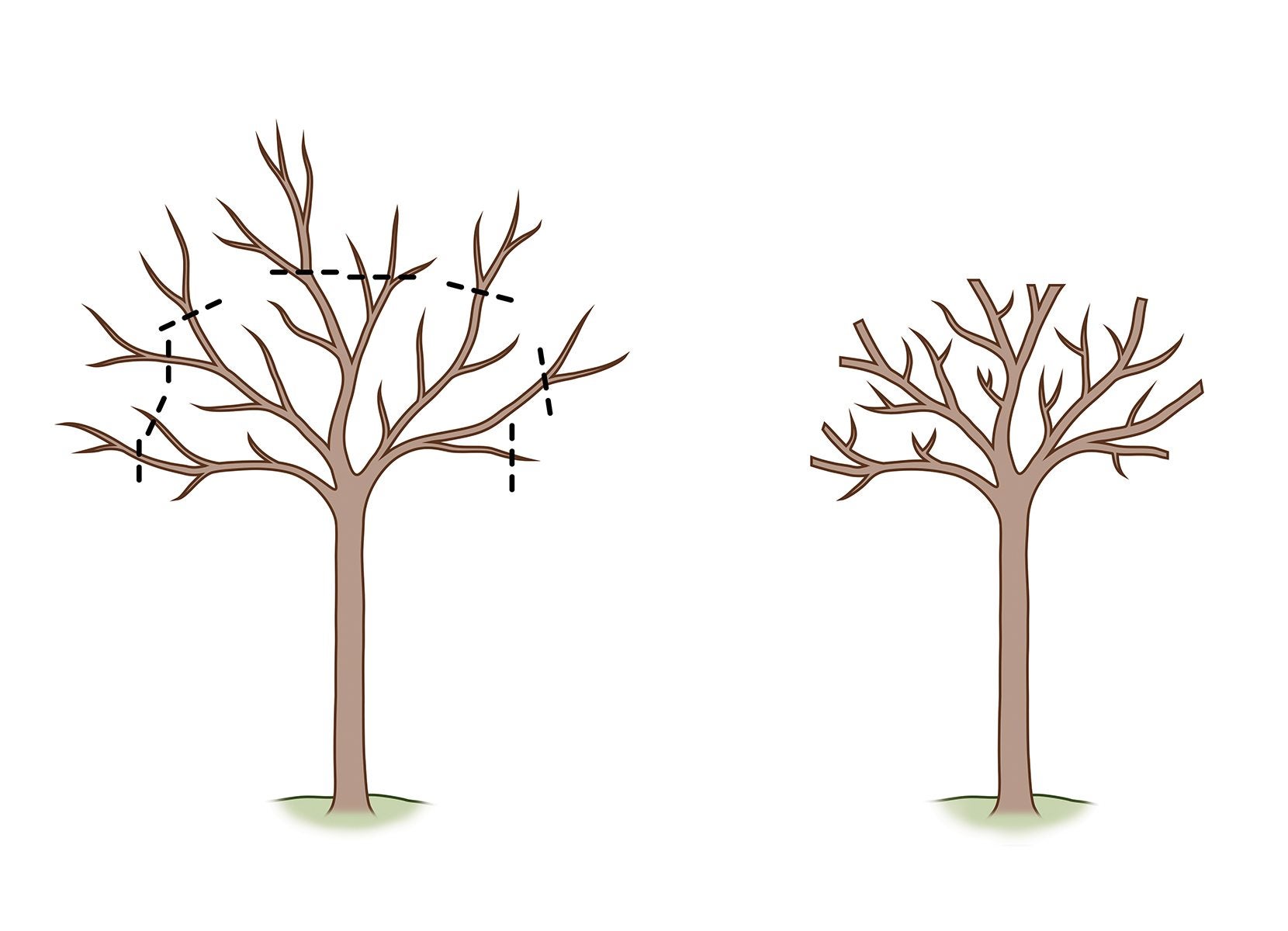
Timing of heading cuts also effects flowering. You should make the cuts on most spring-flowering plants immediately after the flowers fade. Cut summer- and fall-flowering plants in late winter or early spring. Many deciduous trees are best pruned in late winter before they break dormancy. Heading cuts are carefully placed cuts intended to encourage new side growth and discourage the main stem from growing longer. Make heading cuts in pruning about one-fourth inch (0.5 cm.) above a bud. The bud should face the direction in which you want new growth. All new growth in the area will be from the bud just below the tip because you have removed the branch's terminal bud so that it can't grow any longer. Never leave more than a one-quarter inch (0.5 cm.) stub above the bud when making the cut. The stem beyond the bud will die, and long stubs slow the process of regrowth. Heading cuts are most effective with young branches.
Gardening tips, videos, info and more delivered right to your inbox!
Sign up for the Gardening Know How newsletter today and receive a free copy of our e-book "How to Grow Delicious Tomatoes".

Jackie Carroll has written over 500 articles for Gardening Know How on a wide range of topics.
-
 4 Superfast Composting Methods: Turn Waste Into Garden Gold In 30 Days Or Less
4 Superfast Composting Methods: Turn Waste Into Garden Gold In 30 Days Or LessTry the fastest composting methods to turbocharge your pile and transform kitchen scraps and garden waste into finished compost in just a few weeks.
By Mary Ellen Ellis
-
 Best Spider Plant Soil – Complete Soil Guide And Expert Tips For Keeping Plants Happy
Best Spider Plant Soil – Complete Soil Guide And Expert Tips For Keeping Plants HappySpider plants are fun and easy plants to grow, but what is the best soil for a spider plant? Selecting the right soil is important so they can thrive.
By Bonnie L. Grant
-
 Best Short Bushes For Erosion Control
Best Short Bushes For Erosion ControlErosion is a serious problem that can be solved with the right plants. Read about some low-growing shrubs that can help with erosion control.
By Bonnie L. Grant
-
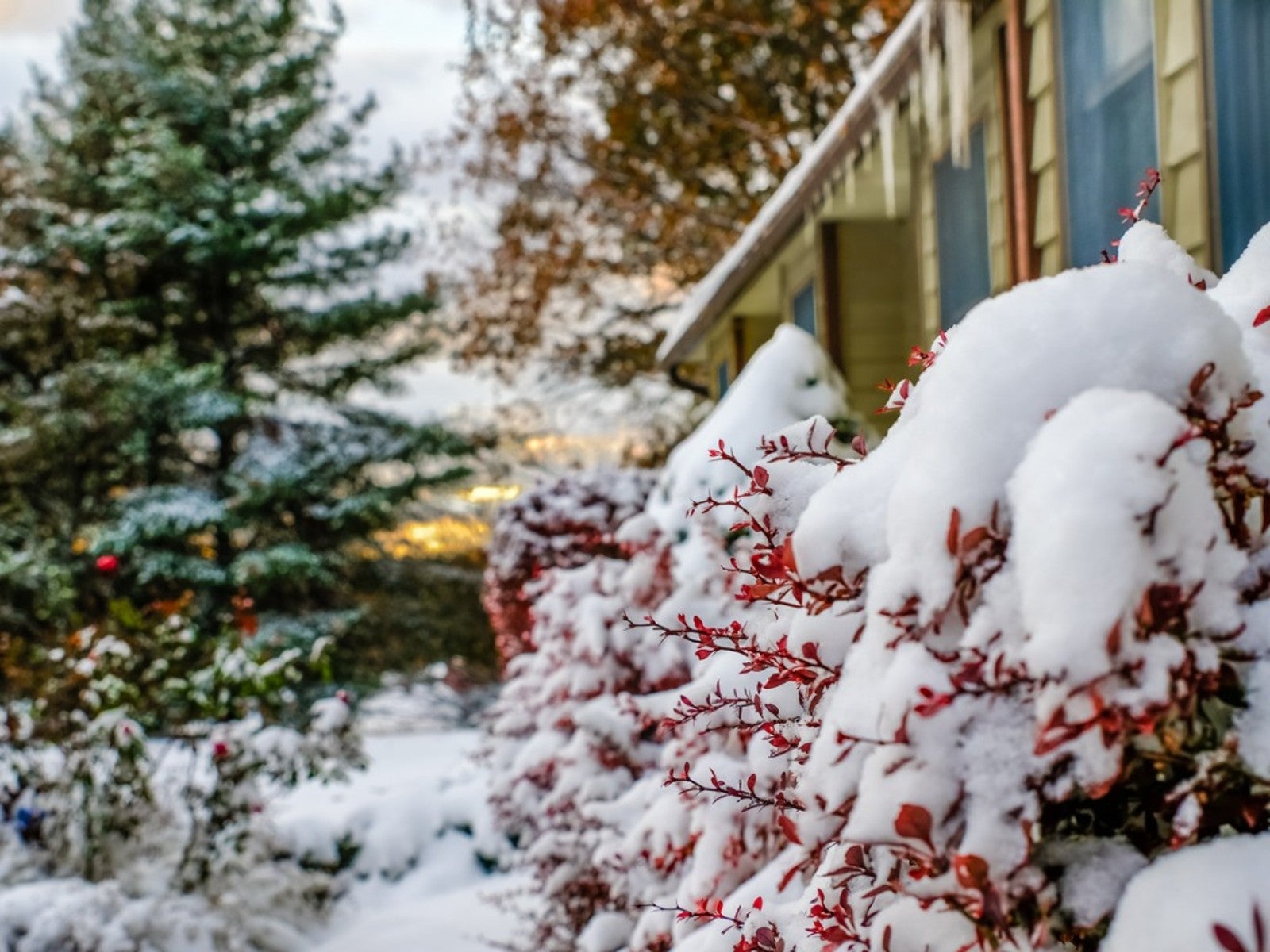 Super Hardy Shrubs And Trees For Northern Climates
Super Hardy Shrubs And Trees For Northern ClimatesWhat are the most cold hardy shrubs and trees for northern climates? Click here to find out.
By Teo Spengler
-
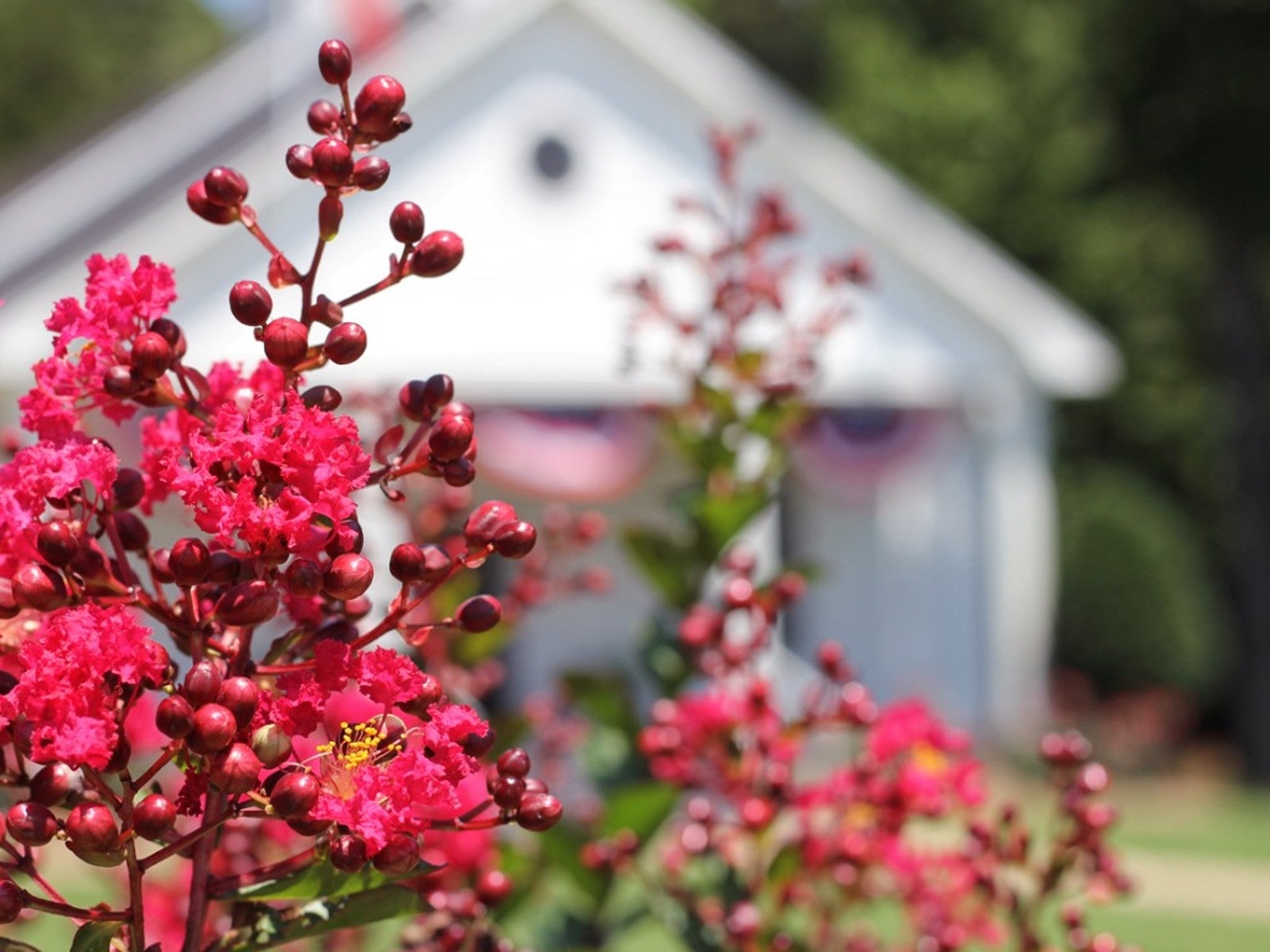 Flowering Shrubs That Like Full Sun And Heat
Flowering Shrubs That Like Full Sun And HeatSome types of flowering shrubs love full sun and summer heat. Read on for full sun shrub suggestions.
By Teo Spengler
-
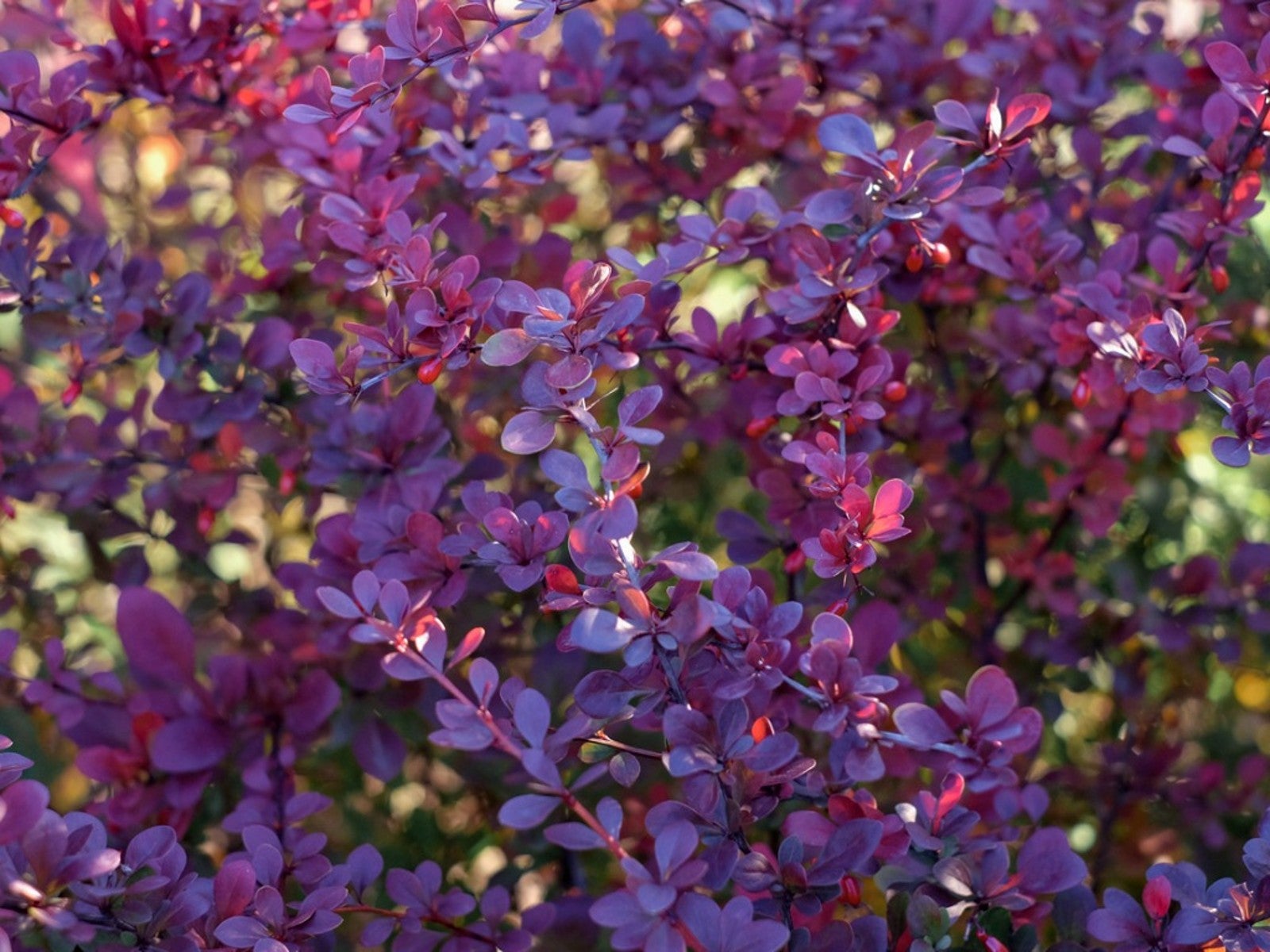 Types Of Shrubs With Purple Leaves
Types Of Shrubs With Purple LeavesIn a garden full of greens and pastels, many gardeners use purple bushes and shrubs for a touch of drama. Here are our favorites.
By Teo Spengler
-
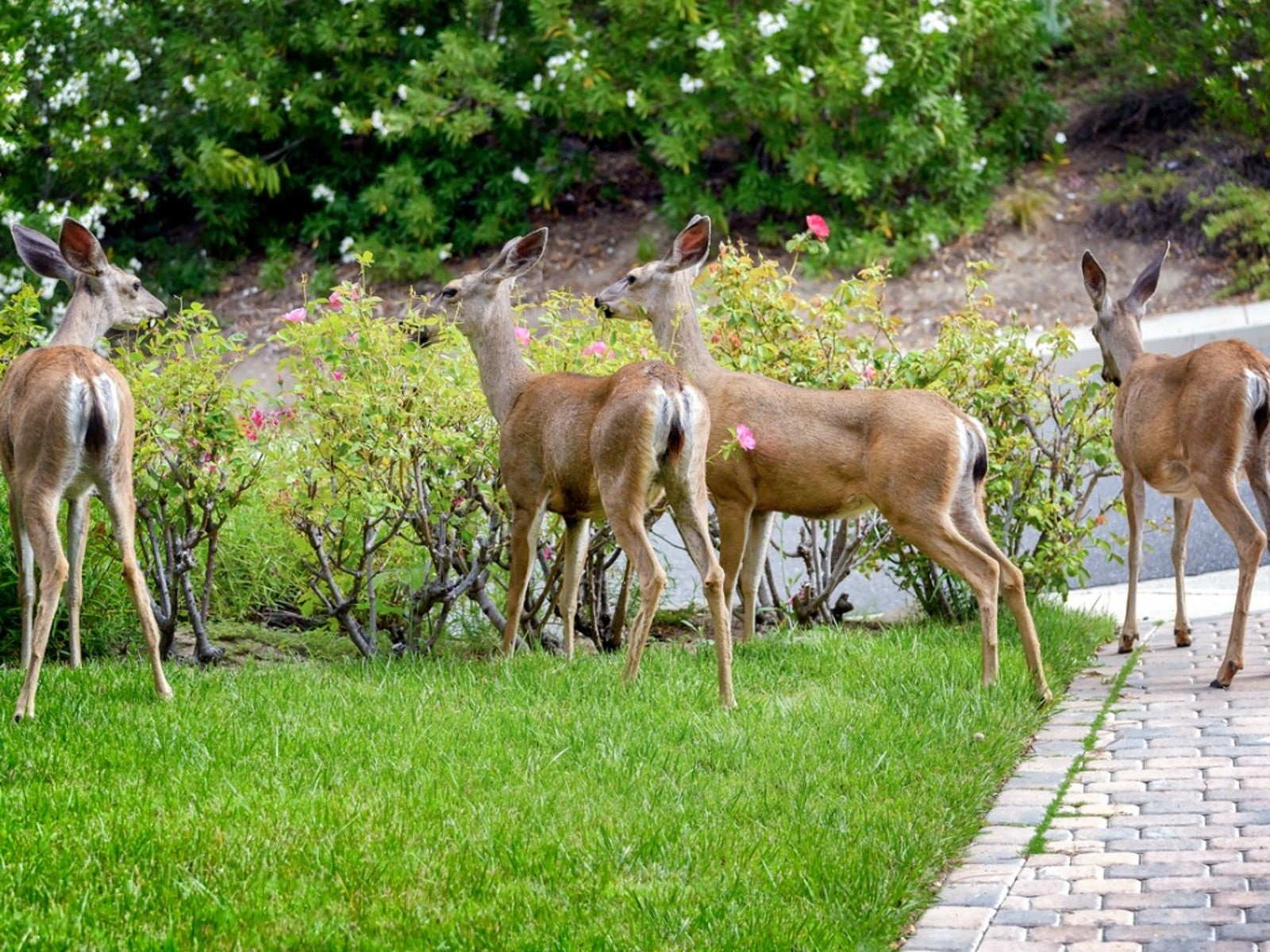 Flowering Shrubs That Are Deer Resistant
Flowering Shrubs That Are Deer ResistantThere is almost nothing a deer will not eat if it is hungry enough, but some plants are better than others. Read on for information on flowering deer resistant shrubs.
By Teo Spengler
-
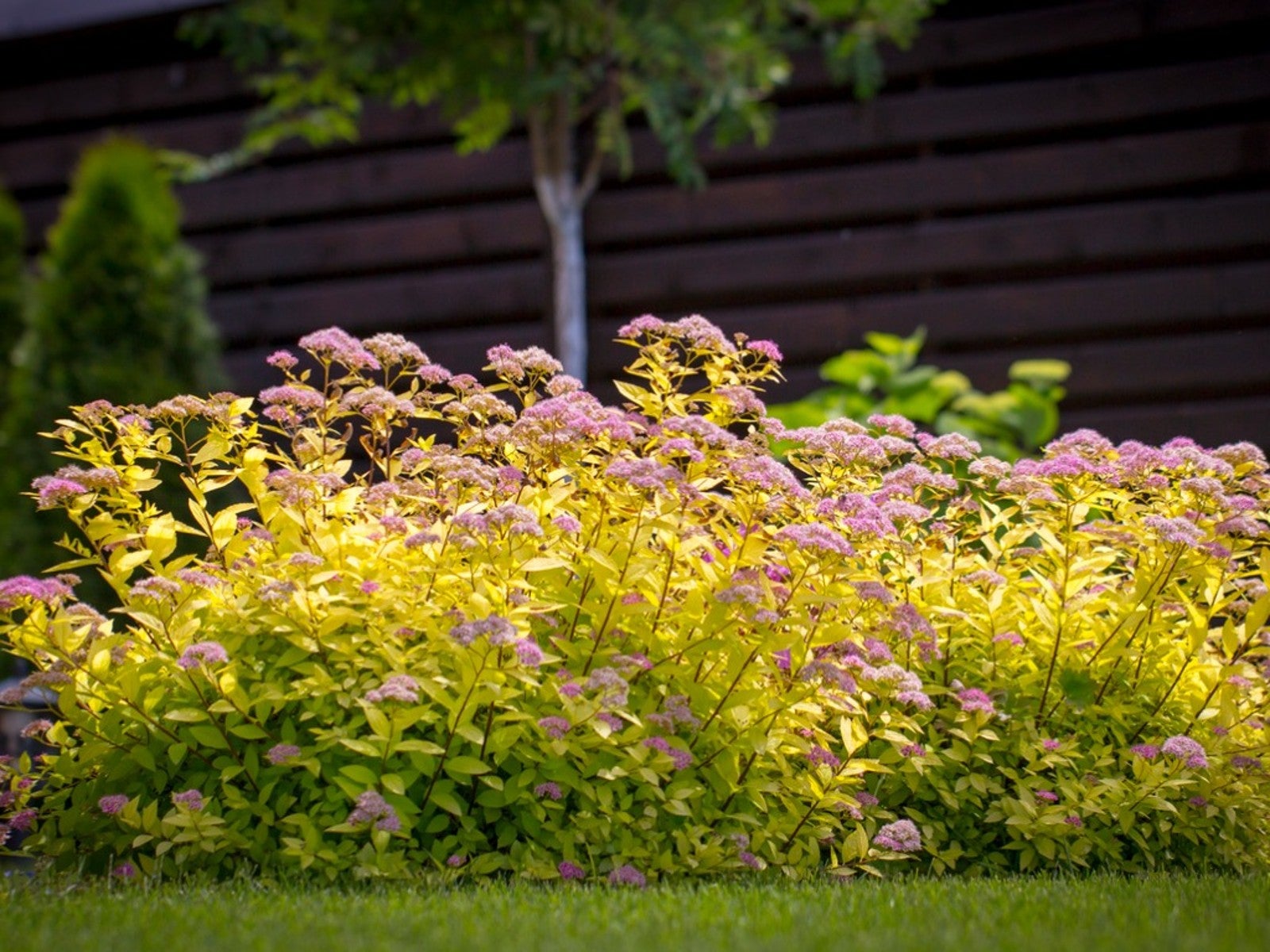 Blooming Invasive Bushes To Avoid
Blooming Invasive Bushes To AvoidWhen it comes to pretty flowers on honeysuckle, scotch broom, and butterfly bush, invasiveness hasn’t always mattered. Today, gardeners know better.
By Mary Ellen Ellis
-
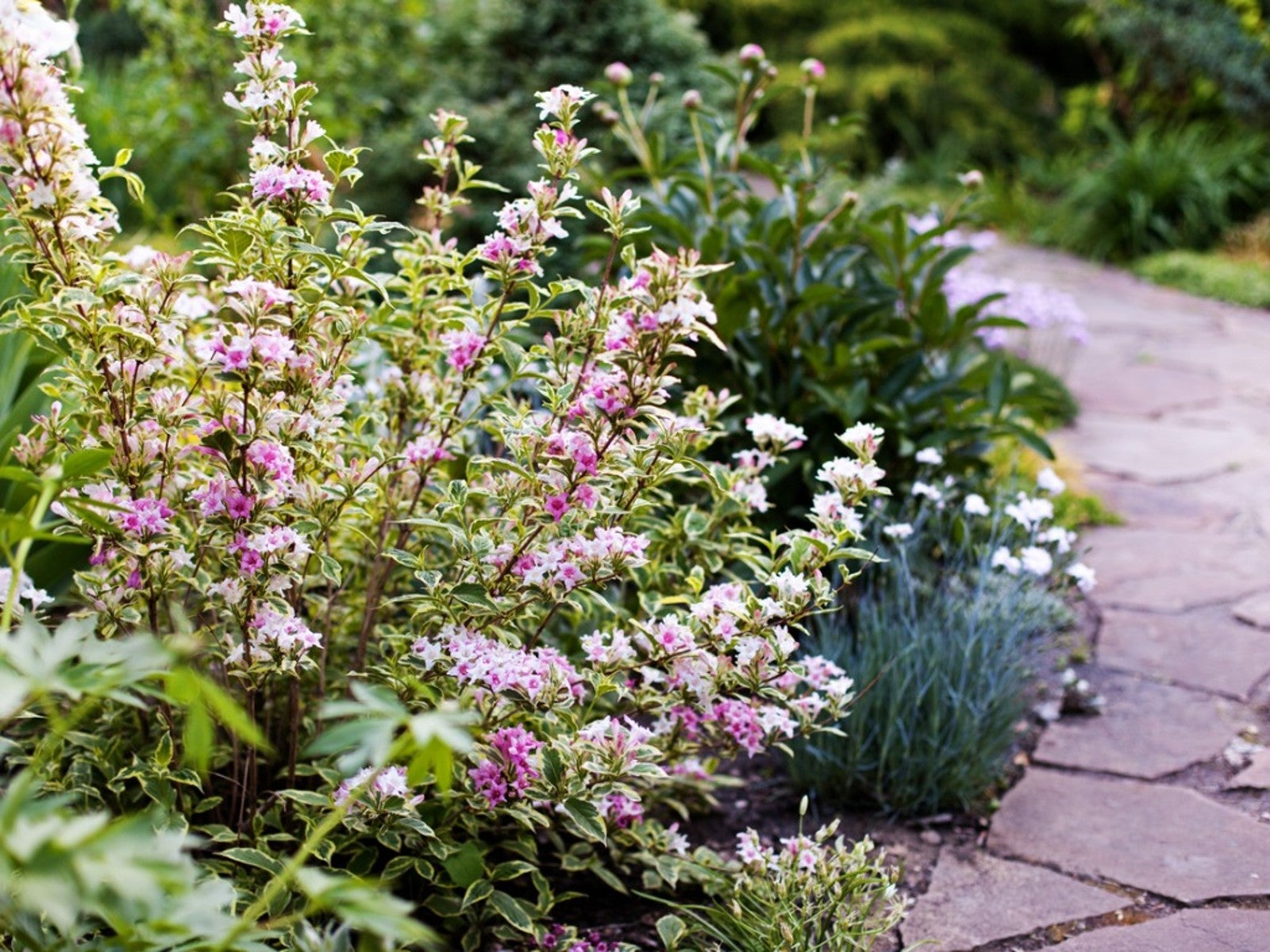 Easy To Care For Flowering Bushes
Easy To Care For Flowering BushesFlowering shrubs are a joy in the landscape, but many gardeners worry about maintenance. Read on for ideas on easy care flowering bushes.
By Teo Spengler
-
 Pretty Purple Flowering Shrubs
Pretty Purple Flowering ShrubsAll flowering shrubs add interest and color to the garden, so why not pick purple? Here are our top recommendations.
By Teo Spengler